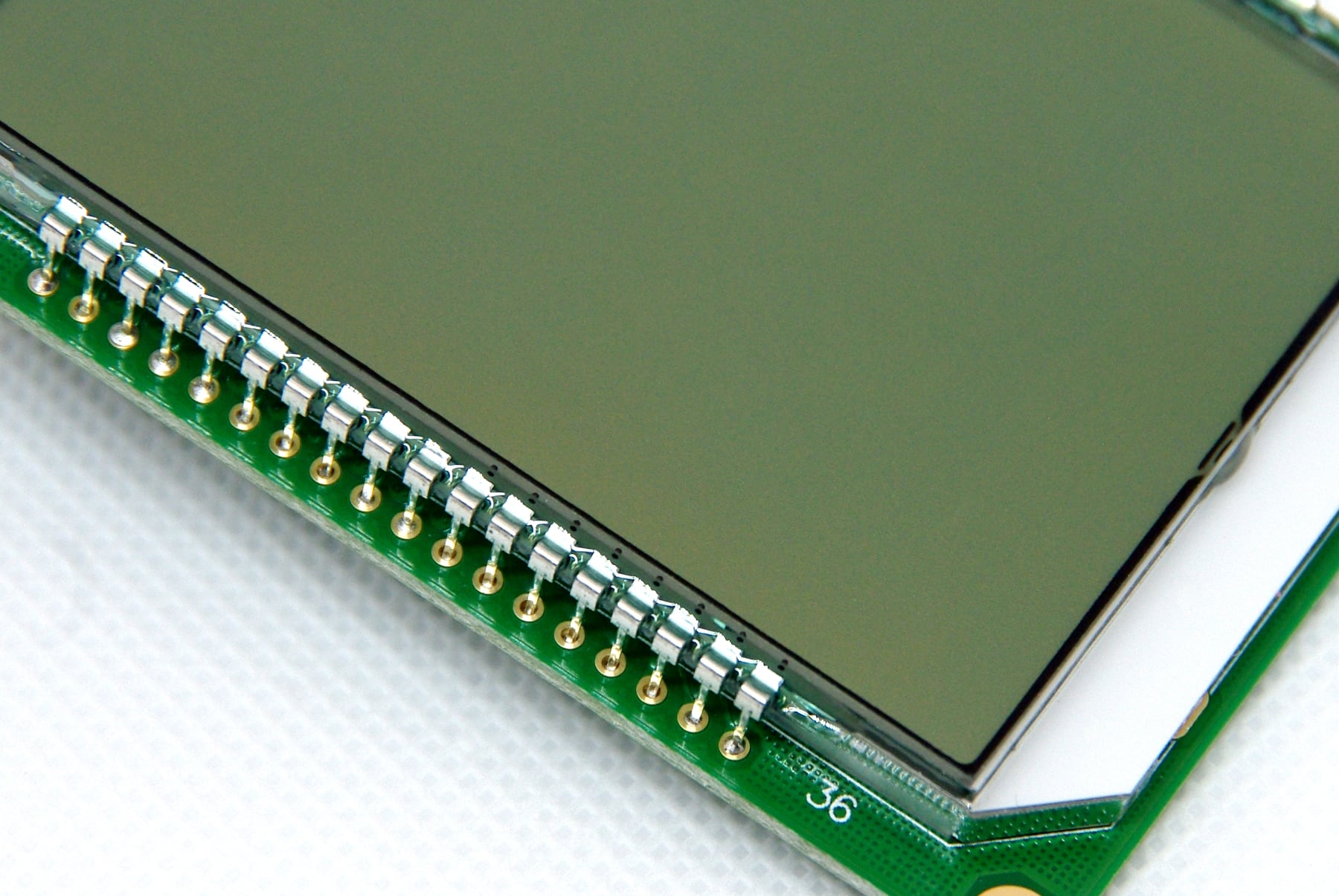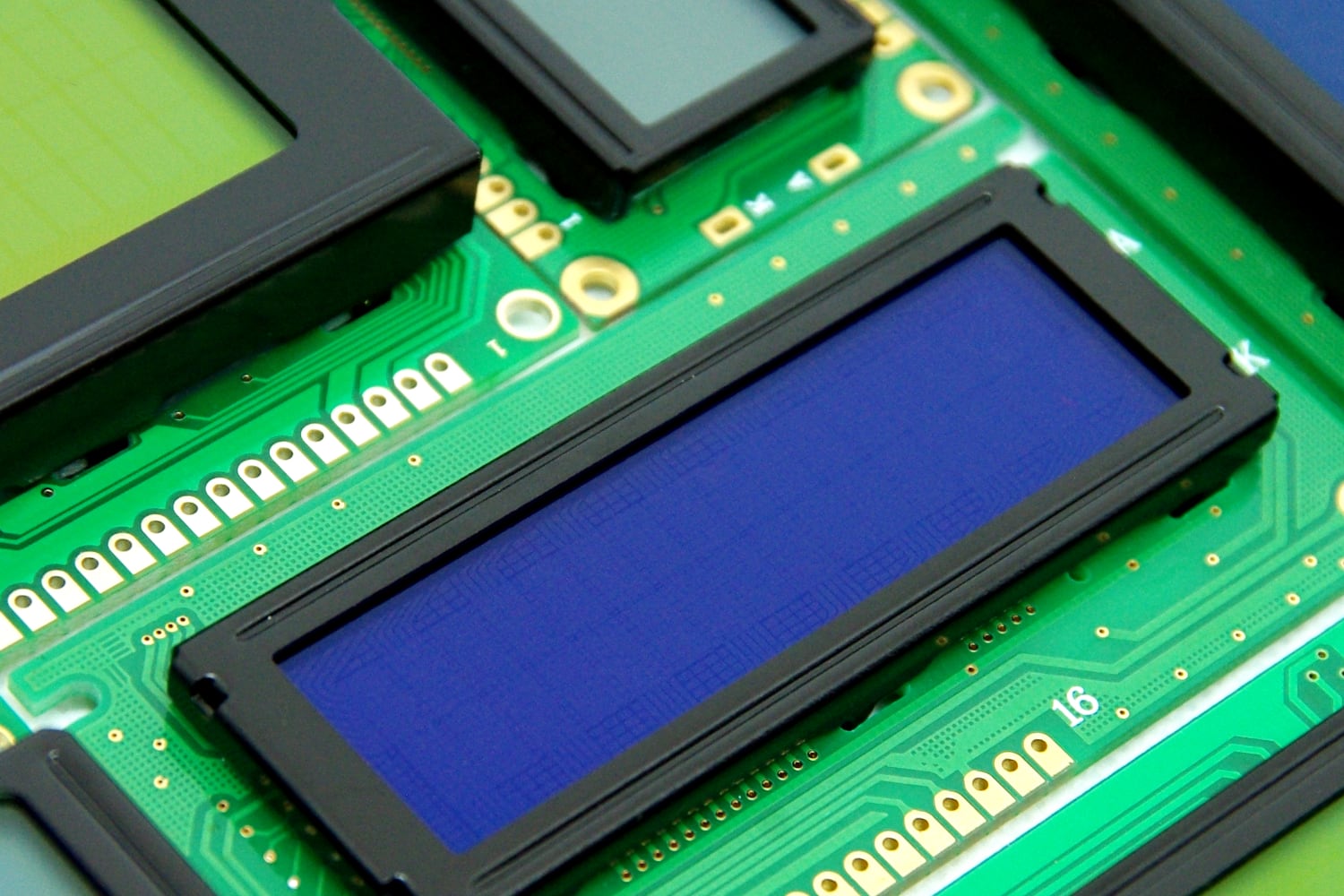
You are here: Products » LCM
LCM
Monochromatic displays combine different productive technologies according to the required application. They can be: positive or negative transmissive, reflective or transflective TN, HTN, STN, FSTN, DSTN or VA technology
Glossary
POSITIVE LCD: The color of the display background is the color of the backlight or it is given by the display background, when there is no backlight. The icons color is dark and it can vary from black to light or dark blue, depending on the glass technology.
NEGATIVE LCD: The color of the background is given by the technology of the glass (can vary from black to blue) while the color of the icons results from the backlight, that is always present.
TRANSMISSIVE POLARIZER: The backlight is indispensable because the background (in the positive displays) or the dot (in the negative ones) take the backlight color. Mainly used for indoor applications.
REFLECTIVE: It does not need backlight because the display reflects directly the ambient light in order to contrast. It is employed for outdoor applications or where strong ambient light is expected.
TRANSFLECTIVE: It is a middle ground of the previous ones, because it uses both the ambient light and the backlight. TN (Twisted Nematic): This is the most affordable technology and with a high contrast value. However the view angle is reduced and it can be used only for low levels of multiplexing (Duty). The HTN is a variant that reaches up to 1/8 Duty.
STN (Super Twisted Nematic): Thanks to a bigger rotation of the crystal, the view angle is larger. It can be used for higher levels of multiplexing, but it is reduced the maximum contrast. Normally employed for negative displays.
FSTN (Film Super Twisted Nematic): Similar the previous one, but the contrast is increased by adding a balance film. It is mainly employed in negative displays but also in the positive ones.
DSTN (Double Super Twisted Nematic): A high contrast is obtained by means of a further balance cell, achieving a larger range of operative temperature. Usually used for negative displays.
VA (Vertical Alignment): By rotating the crystal vertically, you get very high values of contrast and view angle. The appearance is really black and white, but it can be employed only for low levels of multiplexing. Only for negative displays.


